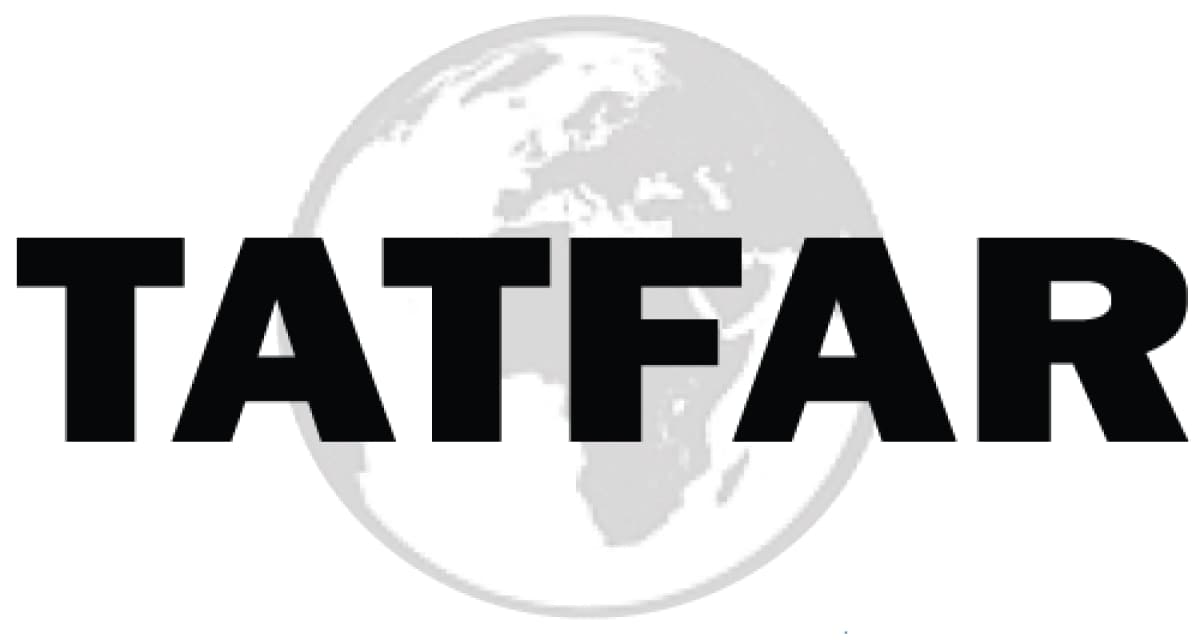Key points
- TATFAR is comprised of government agencies from Canada, European Union (EU), Norway, the United Kingdom (U.K) and the United States (U.S.).
- It is co-chaired by the European Commission—Directorate-General for Health and Food Safety and the U.S. Department of Health and Human Services.

Composition and structure
Partners
TATFAR began as collaboration between the European Union (EU) and the United States (U.S.), with Canada (2009), Norway (2015) and the United Kingdom (2021) joining in recent years. TATFAR is co-chaired under the leadership of the EU and U.S.
Co-chairs
The Taskforce is co-chaired by the Director of the European Commission Public Health Directorate and the U.S. Health and Human Services Assistant Secretary for Global Affairs.
The co-chairs lead (or assign a delegate to lead) TATFAR meetings, and review and approve TATFAR output.
Co-chairs to be named
Institutional members and representatives
The Taskforce and its working groups include representatives of the civil service and/or other public bodies of Canada, EU, Norway, the U.K. and the U.S. The representatives shall have a general overview on health-related issues or a specific knowledge on AMR in one of the four key areas.
Representatives from member institutions will:
- Participate in biannual TATFAR meetings.
- Identify implementers for TATFAR work.
- Review and approve TATFAR outputs including, but not limited to, changes to actions for collaboration, progress reports and meeting minutes.
At the start of the third implementation period (2021-2026) the Taskforce will consist of representatives from member institutions, Council of the European Union (represented by the Trio Presidency as ex-officio members) and the secretariat. The member institutions and the number of representatives of the institutions may be varied by agreement of TATFAR.
Canada representatives
- Agriculture and Agri-Food Canada (AAFC)
- Canadian Food Inspection Agency (CFIA)
- Canadian Institutes of Health Research (CIHR)
- Health Canada (HC)
- Public Health Agency of Canada (PHAC)
European Union representatives
- Council of the European Union (Ex officio member, to keep the Council regularly informed of progress)
- European Centre for Disease Prevention and Control (ECDC)
- European Commission – Directorate-General for the Environment (EC-DG ENV)
- European Commission – Directorate-General for Health and Consumers (EC-DG SANTE)
- European Commission – Directorate-General for Joint Research Center (EC-DG JRC)
- European Commission – Directorate-General for Research and Innovation (EC-DG RTD)
- European Food Safety Authority (EFSA)
- European Medicines Agency (EMA)
Norway representatives
United Kingdom representatives
- Animal and Plant Health Agency (APHA)
- Advisory Committee on Antimicrobial Prescribing, Resistance and Healthcare Associated Infection (APRHAI)
- Biotechnology and Biological Sciences Research Council (BBSRC)
- Centre for Environment, Fisheries and Aquaculture Science (CEFAS)
- Devolved Administrations (of Scotland, Northern Ireland and Wales) (DA)
- Department for Environment, Food and Rural Affairs (DEFRA)
- Department for Health and Social Care (DHSC)
- Environment Agency (EA)
- Food Standards Agency (FSA)
- Medical Research Council (MRC)
- NHS England and NHS Improvement (NHSEI)
- National Institute for Health and Care Excellence (NICE)
- UK Health Security Agency (UKHSA)
- UK Research and Innovation (UKRI)
- Veterinary Medicines Directorate (VMD)
United States representatives
From the Department of Health and Human Services:
- Biomedical Advanced Research and Development Authority (BARDA)
- Centers for Disease Control and Prevention (CDC)
- Department of Health and Human Services (HHS)
- Department of Health and Human Services Office of Global Affairs (HHS OGA)
- Department of Defense (DOD)
- Food and Drug Administration (FDA)
- National Institutes of Health, National Institute of Allergy and Infectious Diseases (NIH/NIAID)
- U. S. Department of Agriculture (USDA)
- U.S. Environmental Protection Agency (EPA)
Secretariat
The secretariat manages the administrative aspects of organizing and running the day-to-day arrangements of the Taskforce. CDC has maintained this role since January of 2014; however, the location and role of the secretariat may be changed by TATFAR.
While CDC serves in the lead role as secretariat, other representatives that serve as points of contact for the member governments and assist with the coordination of Taskforce activities will fall under the title of secretariat and will be referred to as TATFAR coordinators.
The secretariat will:
- Communicate regularly with TATFAR coordinators to facilitate the execution of TATFAR goals and milestones.
- Schedule and prepare agendas of semi-annual TATFAR meetings and working group meetings.
- Draft minutes or meeting summaries for TATFAR and working group meetings as appropriate.
- Maintain a spreadsheet to track progress on actions.
- Maintain the TATFAR website.
- Coordinate communications.
- Facilitate TATFAR correspondence.
- Maintain and facilitate the drafting of TATFAR documents and reports.
- Coordinate outward-facing activities.
Implementers
The TATFAR member representatives will identify technical experts (or implementers) to work on actions for collaboration. Contributions to TATFAR work may be made by organizations and individuals who are not institutional members of TATFAR; overall responsibility for the work, however, must remain with TATFAR institutions.
Implementer leads will:
- Facilitate implementation of actions.
- Collate progress reports from all implementers no less than semi-annually and for external purposes as agreed by the co-chairs.
Implementers will:
- Participate in working group meetings and collaborate on the implementation of actions.
- Report, for internal purposes, on the progress for each action no less than semi-annually and for external purposes as agreed by the co-chairs.
